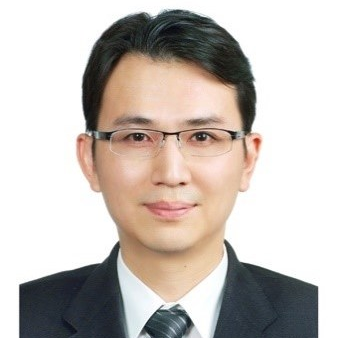Novel Materials and Processes for Electronic Packaging
A special issue of Materials (ISSN 1996-1944). This special issue belongs to the section "Electronic Materials".
Deadline for manuscript submissions: closed (10 December 2022) | Viewed by 7552
Special Issue Editor
Interests: electronic interconnection technologies; Li ion batteries; alloy design; ironmaking and steelmaking; computational materials thermodynamics
Special Issue Information
Dear Colleagues,
Driven by new applications ranging from super-computing and fifth/sixth-generation (5G/6G) communications to electric vehicles (EVs) and green energy, advanced high-density electronic packaging technologies, as well as high-power electronic interconnection are in great demand in the electronic industry. Meanwhile, sustainable materials and manufacturing technologies are also needed to meet the low-emission requirements for carbon neutrality. To achieve high-density and high-reliable electronic devices with low energy consumption, innovative materials and processes for electronic packaging play key roles. For high-density packaging, three-dimensional (3D) integration is an emerging technology, while for sustainable processes, low-temperature processes are desired. The 3D structures involve through-silicon-via (TSV), advanced ceramic substrates, and metal-to-metal or metal-to-ceramics bonding, which require various kinds of electronic interconnection technologies, e.g., solder bumping, transient-liquid-phase (TLP) bonding, thermal compression bonding, adhesive bonding, and active metal brazing (ABM). The reliability of heterogeneous interfaces such as warpage and the formation of brittle intermetallic compounds (IMCs) is the major concern for evaluating the materials and processes.
This Special Issue will cover current challenges, progresses, and outlooks of novel materials and processes for electronic packaging based on advanced simulation and characterizations. Research papers and critical reviews on these fields are both highly welcome.
Prof. Dr. Shih-Kang Lin
Guest Editor
Manuscript Submission Information
Manuscripts should be submitted online at www.mdpi.com by registering and logging in to this website. Once you are registered, click here to go to the submission form. Manuscripts can be submitted until the deadline. All submissions that pass pre-check are peer-reviewed. Accepted papers will be published continuously in the journal (as soon as accepted) and will be listed together on the special issue website. Research articles, review articles as well as short communications are invited. For planned papers, a title and short abstract (about 100 words) can be sent to the Editorial Office for announcement on this website.
Submitted manuscripts should not have been published previously, nor be under consideration for publication elsewhere (except conference proceedings papers). All manuscripts are thoroughly refereed through a single-blind peer-review process. A guide for authors and other relevant information for submission of manuscripts is available on the Instructions for Authors page. Materials is an international peer-reviewed open access semimonthly journal published by MDPI.
Please visit the Instructions for Authors page before submitting a manuscript. The Article Processing Charge (APC) for publication in this open access journal is 2600 CHF (Swiss Francs). Submitted papers should be well formatted and use good English. Authors may use MDPI's English editing service prior to publication or during author revisions.
Keywords
- 3D integration
- heterogeneous integration
- Cu-to-Cu bonding
- through-silicon-via (TSV)
- low-temperature Pb-fee solders
- transient liquid phase (TLP) bonding
- thermal compression bonding
- adhesive bonding
- active metal brazing
- metal-ceramics bonding
- metallic pastes
- powder sintering
- warpage
- electronic packaging and reliability
- computer simulation for electronic packaging
- advanced characterizations for electronic packing






